What is the tolerance range of precision screws?
What is the tolerance range of precision screws?
Service Hotline
+86760-8787 8587We have more than ten years of production experience in the screw industry, the main products are: supply ANSI hexagon flange nuts, wooden handle screws, all metal nuts, galvanized wing nuts, Japanese lifting ring nuts, hexagon nut fasteners, grade A stainless steel Screws, 12.9 black screws, 316 hexagon nuts, welded DIN male wires, hammer head bolts, hexagon socket screws, nylon six nuts, round washers, eye bolts and other fasteners, due to different product materials and specifications, Prices also vary, please contact us if necessary.


In automobiles, wheel nuts are a widely used component. According to the actual use requirements of the wheel nut, there are often spacers on the wheel nut. In this way, the wheel nut and spacer form a wheel nut assembly. However, in the prior art, since the washer is only movably fitted on the wheel nut, when the wheel nut is removed or a large number of wheel nuts are placed, the wheel nut and the washer will be separated. When in use, they need to be assembled one by one, and when they are disassembled or placed again after use, they need to be assembled again, which not only increases the unnecessary workload, but also affects the use effect of the wheel nut in actual use.
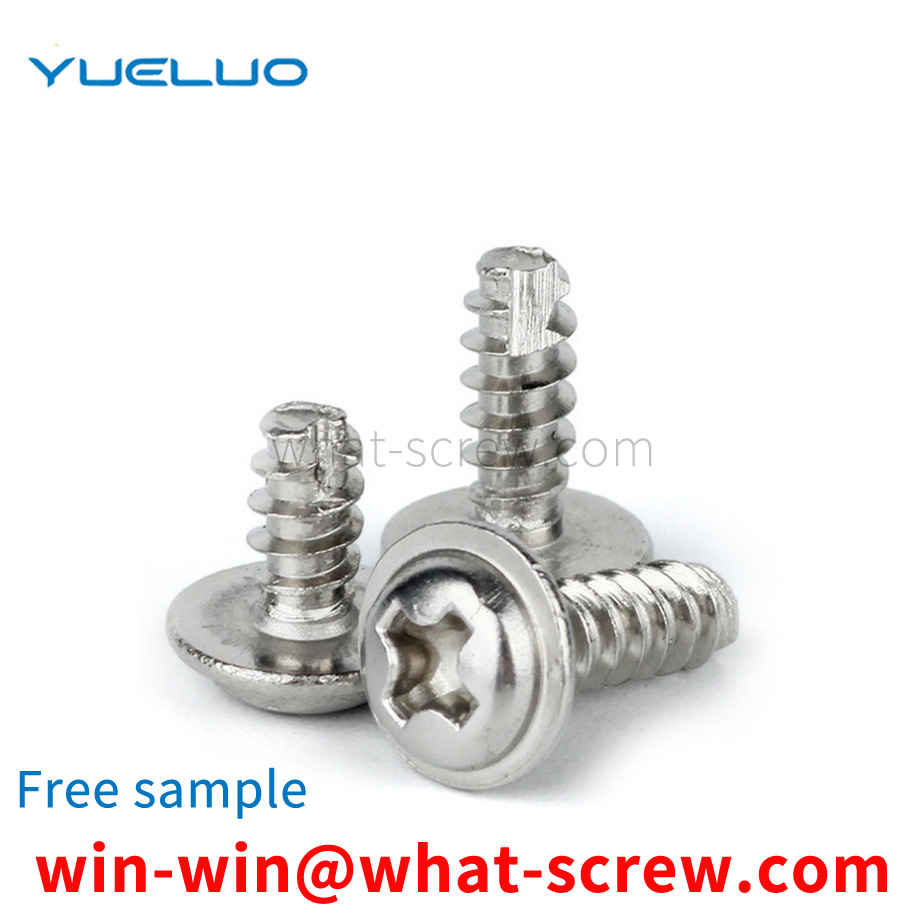
The conventional auger bit structure 1 includes a rod body 11, a screw head 12 provided on one end of the rod body 11, a drill tail 13 provided on the other end of the rod body 11, and a plurality of threads 14 arranged around the rod body 11; Wherein, the periphery of the drill tail 13 defines a parting line 15, and the parting line 15 makes the drill tail 13 symmetrically divided into a side 131 and a side 132, and a cutting end 133 is formed at the junction of the end of the side 131 and the end of the side 132, respectively. The cutting end 133 is concavely provided with a quarter-turn chip flute 134 in the same direction of the helix, and the edge 132 continues the chip flute 134 and has a quarter-turn chip flute 135 with different helical curvatures. , using the chip groove 134 and the chip groove 135 to be connected by different helical curvatures, so that the drill tail 13 can form a symmetrical and complete chip groove of 190 degrees.
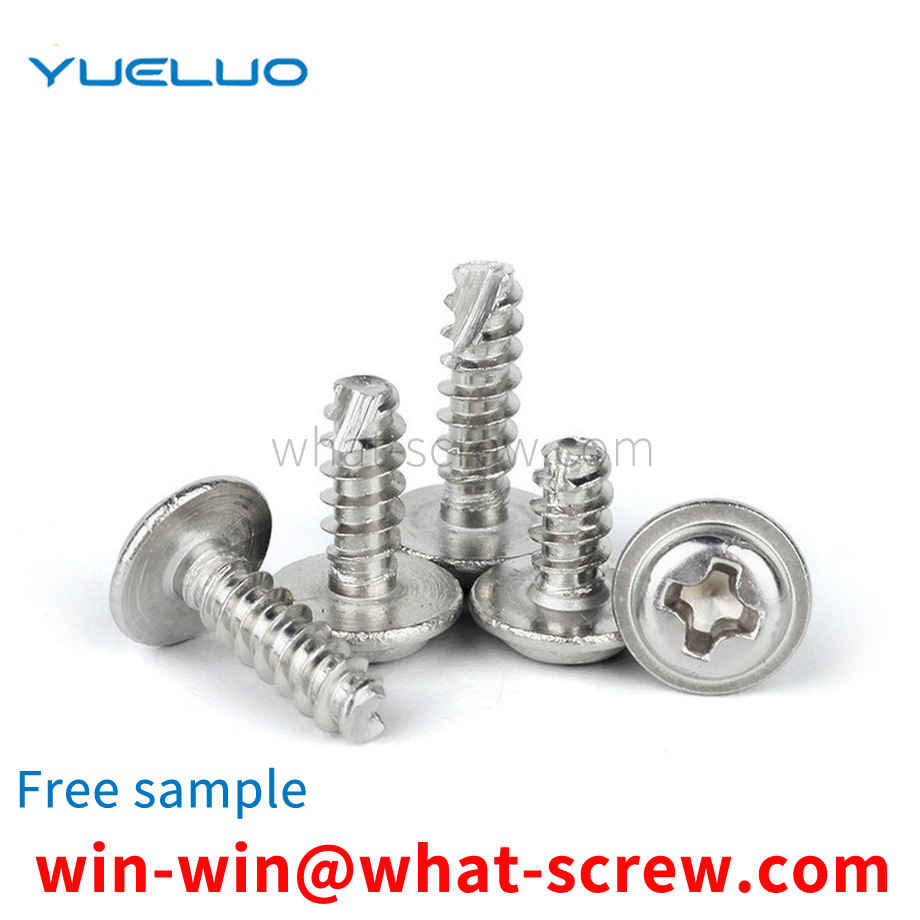
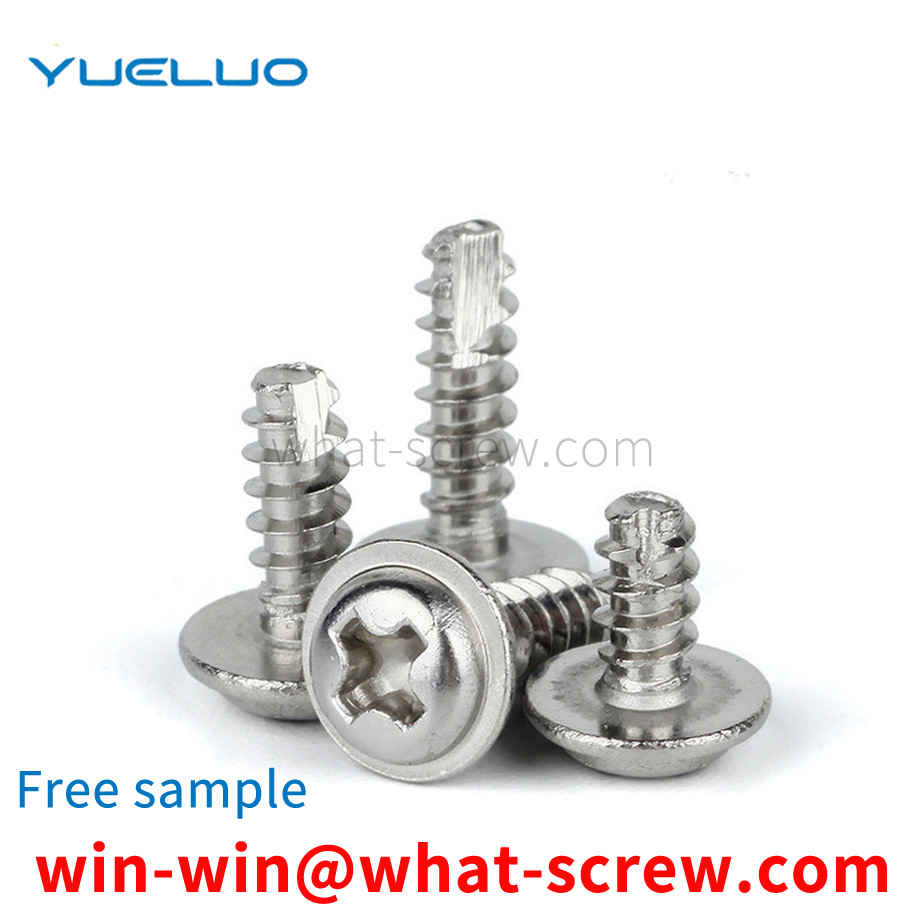
An automatic screw-removing device for automatically removing screws on a workpiece, the automatic screw-removing device comprising a worktable, a manipulator disposed on one side of the worktable, and a screw-removing mechanism installed on the manipulator, The screw-removing mechanism includes an installation plate connected to the manipulator, an electric batch installed on the installation plate, a bit head disposed on one side of the electric batch, and a visual recognition unit disposed on the installation plate , the visual recognition unit takes pictures of the screw to determine the coordinates of the screw, the bit is rotated under the drive of the electric batch to disassemble the screw, the bit is magnetic and can be adsorbed the screw.
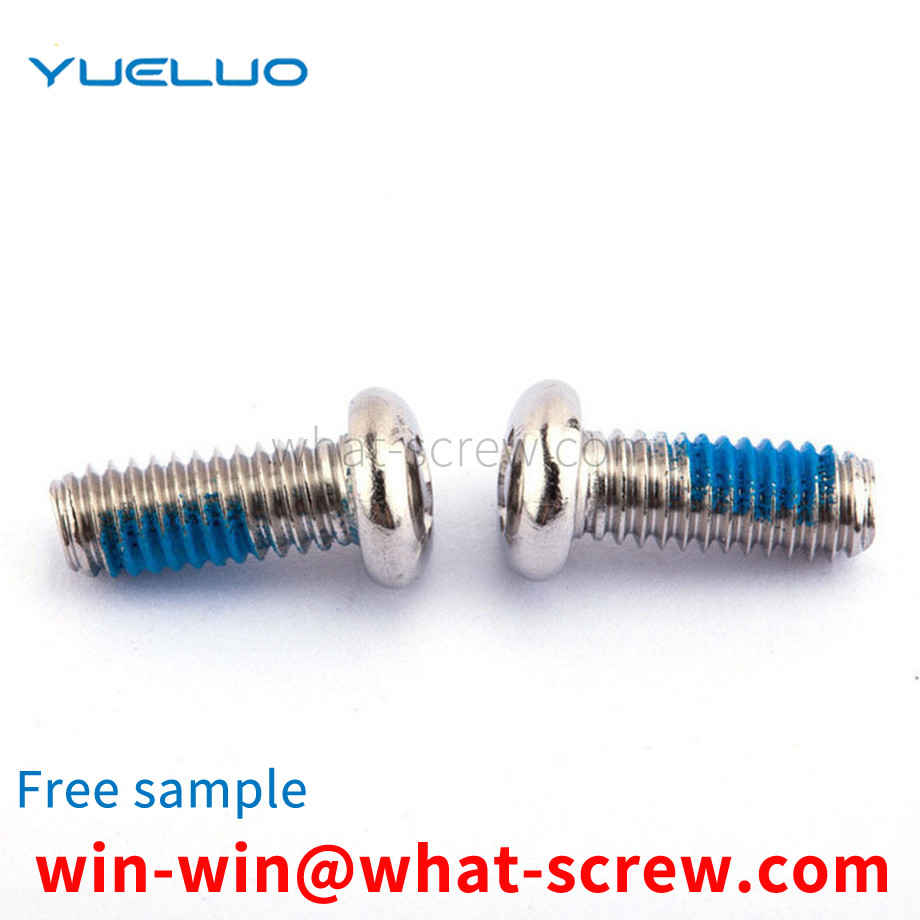
In real life, rivet nuts are used. With different specifications and different uses, many people are familiar with this tool but don't know how to use it properly. In fact, rivet nut tools have manual and transmission, and now are rarely used for manual. If you choose to use electric rivet nuts in order to improve production efficiency, which of the two is more widely used? The following describes the use of electric rivet nuts and manual nuts. How to use the manual rivet nut tool: Insert the rivet nut into the drilled installation hole with a rivet mother tool to fix the rivet nut. (1) Screw the rivet nut onto the rivet nut tool 2) Use the rivet nut tool to insert the rivet nut into the drilled mounting hole. (3) Tighten the nut, and press the handles on both sides of the rivet nut tool to the direction of the middle round rod. You can only press it hard. Therefore, this pressure must be in place. It is forbidden to repeatedly squeeze the handles on both sides to damage the nut. Fastening thread in the form of inside. (4) The rivet nut tool is separated from the rivet nut: just loosen the ball head in the picture, and the tool will be separated from the nut after completely loosening.
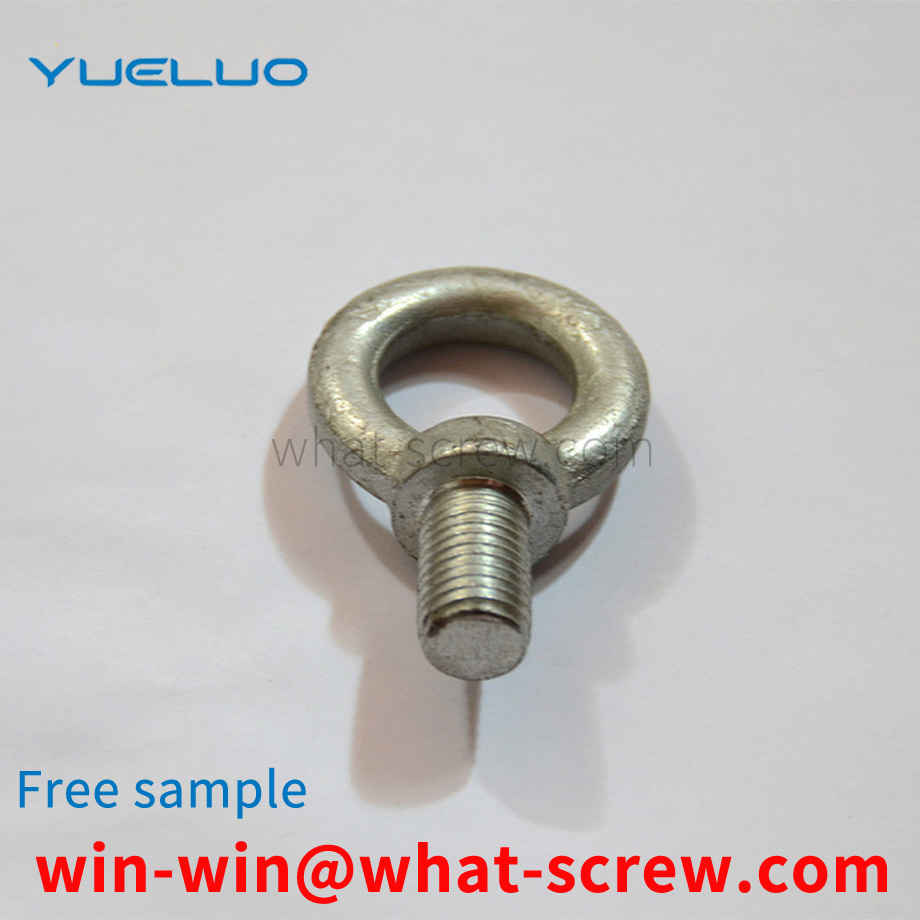
The above content is uploaded by Yueluo or the Internet. If there is any copyright issue, please contact [email protected].

What is the tolerance range of precision screws?

How to choose the right stainless steel screw manufacturer?

Why is there an R angle under the head of the hexagon head s...

We have more than ten years of production experience in the ...

We have more than ten years of experience in the production ...

We have more than ten years of experience in the production ...

We have more than ten years of experience in screw industry ...